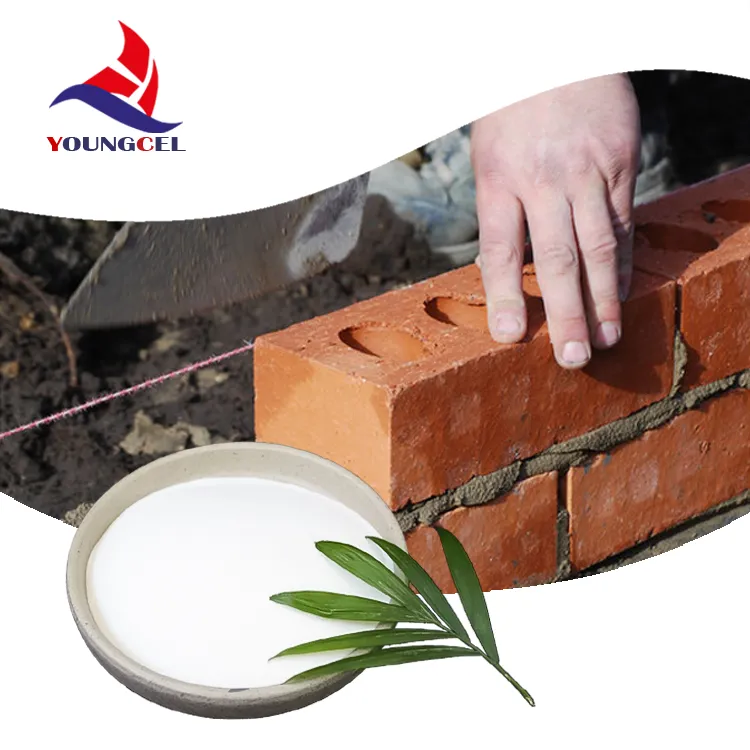Understanding HPMC Grade A Comprehensive Overview
Hydroxypropyl Methylcellulose (HPMC) is a synthesized cellulose ether widely utilized in various industries, particularly in pharmaceuticals, food, and construction. Characterized by its exceptional water retention, film-forming abilities, and adhesive properties, HPMC has become an indispensable component in formulations ranging from coatings to tablets. The grade of HPMC can significantly influence its performance and application outcomes. This article delves into the intricacies of HPMC grades, their properties, and their relevance across different sectors.
What is HPMC?
HPMC is derived from cellulose, a natural polymer obtained from plant cell walls. To enhance its solubility and usability, cellulose undergoes etherification processes that introduce hydroxypropyl and methyl functional groups. As a result, HPMC becomes soluble in cold water, forming a clear gel, which is a distinctive feature that sets it apart from other cellulose derivatives. The degree of substitution (DS) of hydroxypropyl and methyl groups defines the various HPMC grades, thus leading to a differentiation based on viscosity, gel strength, and solubility characteristics.
HPMC Grades and Their Properties
HPMC is classified into different grades, each serving specific purposes and applications
1. Pharmaceutical Grade HPMC This grade is specifically designed for pharmaceutical formulations. It is often used as a binder, disintegrant, and coating agent in tablet and capsule production. Its ability to control the release of active ingredients makes it invaluable in extended-release formulations. The viscosity of pharmaceutical-grade HPMC typically ranges from low to high, tailored according to the desired release profile.
2. Food Grade HPMC In the food industry, HPMC functions as a thickening agent, emulsifier, and stabilizer. Food-grade HPMC is employed in a variety of products, including sauces, dressings, and plant-based alternatives. This grade ensures food integrity and enhances texture, making it a popular choice for manufacturers aiming for cleaner labels.
hpmc grade

3. Construction Grade HPMC HPMC grades utilized in construction products primarily serve as water-retention agents and rheology modifiers in tile adhesives, drywall compounds, and cement-based formulations. These grades enhance workability and prevent premature drying, ensuring better adhesion and performance.
4. Cosmetic Grade HPMC In cosmetics and personal care products, HPMC is valued for its thickening and stabilizing properties. It is commonly found in creams, lotions, and gels, where it helps maintain the desired consistency and improves spreadability.
Importance of HPMC Grades
The selection of the appropriate HPMC grade is critical for achieving the desired results in various applications. For instance, in pharmaceutical formulations, the viscosity and solubility of the chosen HPMC grade directly impact the drug release rate, which can affect the therapeutic outcomes. Similarly, in the food industry, the right grade ensures product consistency and quality, influencing consumer satisfaction.
Moreover, compliance with regulatory standards is crucial, especially in pharmaceuticals and food production. Each grade of HPMC must meet specific criteria established by governing bodies, ensuring that the materials used are safe and effective for consumers. Therefore, manufacturers must be well-informed about the properties and specifications of each HPMC grade to make appropriate selections based on their formulation needs.
Conclusion
HPMC grades play a pivotal role in determining the performance and applicability of this versatile cellulose derivative across multiple industries. As demand for high-quality, multifunctional ingredients continues to rise, understanding the nuances of HPMC grades becomes increasingly important. Whether in pharmaceuticals, food, construction, or cosmetics, the right choice of HPMC can enhance product quality, improve performance, and ultimately lead to greater customer satisfaction. Therefore, ongoing research and development into HPMC grades will likely expand their potential, driving innovation and fostering new applications in various sectors.
-
Rdp Powder: Key Considerations for Wholesalers in the Building Materials IndustryNewsJul.08,2025
-
Key Considerations for Wholesalers: Navigating the World of Hpmc - Based ProductsNewsJul.08,2025
-
Hpmc Detergent: Key Considerations for WholesalersNewsJul.08,2025
-
Key Considerations for Wholesalers: China Hpmc For Tile Adhesive, Coating Additives, Concrete Additives, and MoreNewsJul.08,2025
-
Crucial Considerations for Wholesalers: Navigating the World of Construction MaterialsNewsJul.08,2025
-
Key Considerations for Wholesalers Sourcing Additive For Cement, Additive For Concrete, Additive For Putty from Additive Manufacturer Shijiazhuang Gaocheng District Yongfeng Cellulose Co., Ltd.NewsJul.08,2025




